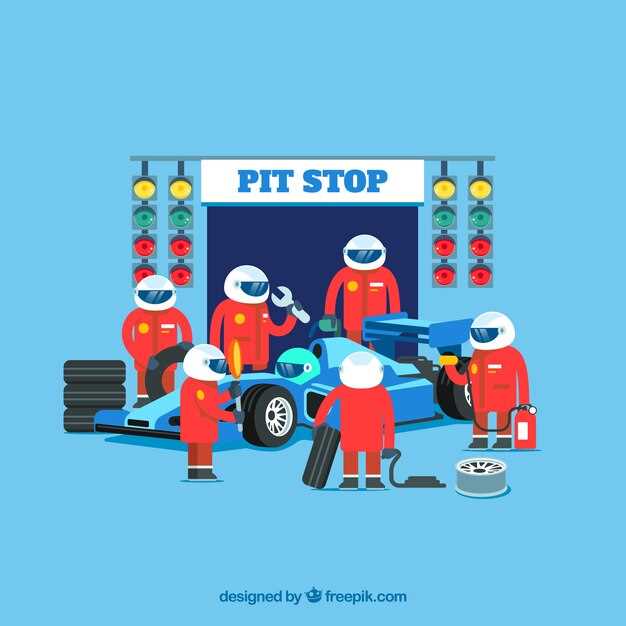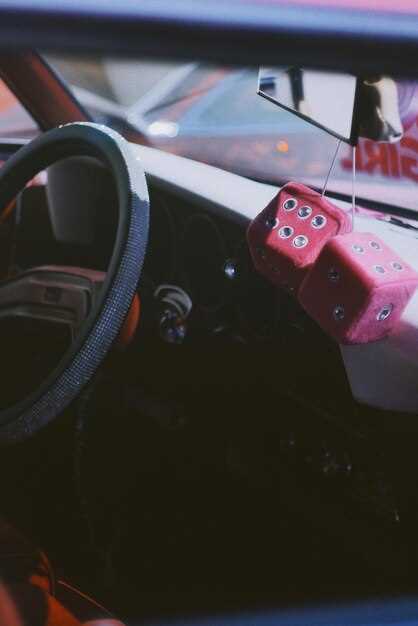
Drag racing is an exhilarating motorsport that captures the thrill of speed and competition. Understanding the different classes and divisions within this sport is essential for any enthusiast or aspiring racer. Each class is designed to cater to a unique set of vehicles, performance standards, and driver skill levels, making the sport accessible to a wide audience.
From the raw power of Top Fuel to the precision of Super Comp, the landscape of drag racing is diverse and dynamic. Each division has specific rules and regulations that dictate what modifications are allowed, ensuring a level playing field and promoting safety. This article aims to demystify the various drag classes, providing insights into their characteristics, vehicle requirements, and the competitive spirit that drives racers to the starting line.
Whether you’re a beginner looking to understand the fundamentals or a seasoned fan wanting to deepen your knowledge, navigating the world of drag racing classes will enhance your appreciation for this fast-paced sport. Join us as we explore the intricacies of each division and uncover what makes them unique within the drag racing community.
Understanding NHRA Classifications for Beginners

The National Hot Rod Association (NHRA) is the premier organization for drag racing, and understanding its classifications is crucial for anyone interested in the sport. NHRA classifications allow racers to compete fairly and systematically, dividing vehicles into specific categories based on their performance, weight, and modifications.
One of the primary classifications in NHRA drag racing is Top Fuel. These vehicles are the most powerful in the sport, capable of reaching speeds exceeding 330 mph in just a few seconds. They utilize nitromethane as fuel, which contributes to their immense power and rapid acceleration.
Another significant category is Funny Car, which features cars with a distinctive body style resembling production vehicles but equipped with significantly modified engines. Funny Cars also use nitromethane, and their designs are aerodynamically optimized to enhance speed and performance on the drag strip.
Pro Stock is a class that emphasizes factory-based vehicles, requiring them to maintain a more consistent connection to their production models. This class uses gasoline as fuel and allows for a range of modifications while adhering to strict NHRA regulations. Pro Stock cars are widely regarded for their close racing and technical innovation.
For those looking for a less intense entry point, the Super Comp and Super Gas categories cater to amateurs and enthusiasts. These classes use a “dial-in” system, allowing racers to predict their times and compete against the clock rather than solely against each other. This approach emphasizes both driving skill and strategy rather than outright speed.
Understanding these NHRA classifications is essential for beginners entering the drag racing world. Each division has its own set of rules, regulations, and performance expectations, which help ensure a fair competition environment while promoting safety and sportsmanship. Familiarizing oneself with these classes can enhance the enjoyment and competitiveness of participating in drag racing events.
Key Differences Between Top Fuel and Funny Car Divisions
The Top Fuel and Funny Car divisions are two of the premier classes within the NHRA (National Hot Rod Association) drag racing circuit, each showcasing unique characteristics that set them apart. Both categories utilize nitromethane as fuel and are built for maximum performance, but there are several critical differences that define their identities.
One of the primary distinctions lies in the design of the vehicles. Top Fuel dragsters are characterized by their long, slender frames and open wheels, creating an aerodynamic design that allows them to achieve higher speeds. These vehicles can exceed speeds of 330 mph in just a few seconds, thanks to powerful supercharged engines producing over 11,000 horsepower.
In contrast, Funny Cars feature a more compact design, utilizing a closed-body structure that resembles a traditional automobile. The body of a Funny Car is built from lightweight materials and often features imaginative graphics and paint schemes. These cars, while not as fast as Top Fuel dragsters, still reach impressive speeds, typically around 330 mph, and deliver remarkable performance on the track.
Another significant difference is in the chassis and handling characteristics. Top Fuel dragsters employ a longer wheelbase, which enhances stability at high speeds. On the other hand, Funny Cars tend to have a shorter wheelbase, which can make them more challenging to handle, especially during acceleration and when navigating the track.
Furthermore, the competition format differs slightly between the two classes. Both divisions compete in elimination rounds, but the strategy and approach to tuning differ due to power delivery and chassis dynamics. Teams in Top Fuel focus heavily on maximizing horsepower and optimizing run conditions, while Funny Car teams must balance engine performance with body aerodynamics and handling capabilities.
Ultimately, while both Top Fuel and Funny Car divisions represent the pinnacle of NHRA drag racing, their distinct vehicle designs, handling characteristics, and competition approaches highlight the diversity within the sport. Fans appreciate both classes for their unique contributions to drag racing excitement, making them beloved staples in the NHRA racing community.
How to Choose the Right Drag Racing Class for Your Vehicle

Selecting the appropriate drag racing class for your vehicle requires careful consideration of several factors. Understanding the NHRA classifications is key to ensuring your car competes in the right category, which can significantly affect your performance and safety on the track.
First, assess your vehicle’s horsepower and weight. Each drag racing class has specific limits regarding these parameters. For instance, higher horsepower vehicles may qualify for classes like Top Fuel or Funny Car, while lower horsepower cars would fit better in brackets like Super Street or Stock Eliminator.
Next, consider the modifications made to your vehicle. Classes such as Pro Mod or Super Comp allow for extensive modifications, whereas classes like Super Stock require cars to remain closer to their original factory specifications. Determine what modifications are permissible for each class to align your vehicle’s setup accordingly.
Another important consideration is the type of racing experience you desire. If you are a novice, you might want to start in a class that allows for a more forgiving introduction to drag racing, such as bracket racing. As you gain experience, you can choose more competitive classes.
Lastly, familiarize yourself with the specific rules and regulations of the desired class. Each class has its own set of guidelines that dictate safety equipment, vehicle specifications, and race conduct. The NHRA provides comprehensive resources to help racers understand the requirements for each class.
By evaluating your vehicle, modifications, racing experience, and the rules of each division, you can confidently choose the right drag racing class that aligns with your ambitions and capabilities.



